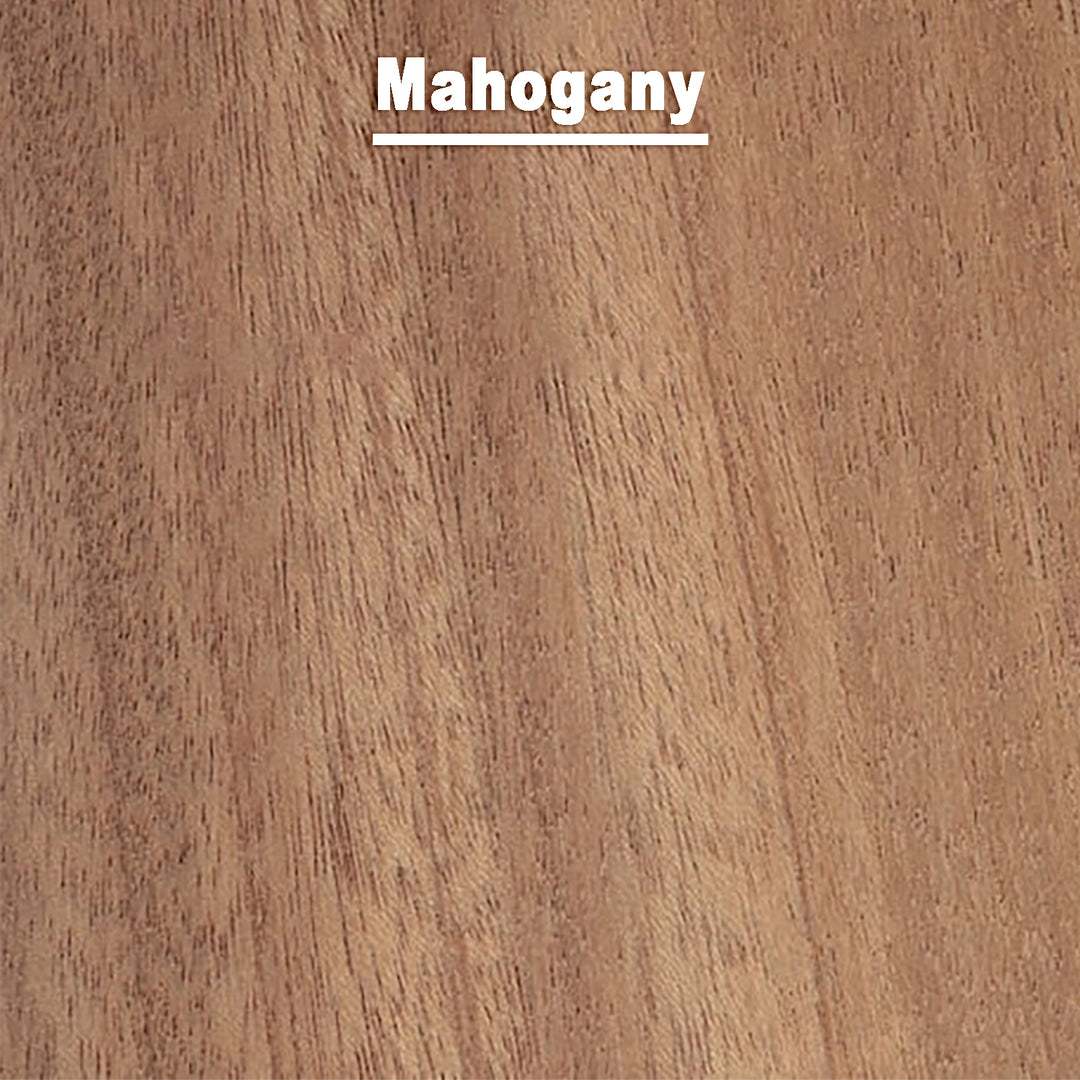Mahogany
Mahogany is a commercially important lumber prized for its beauty, durability, and color, and used for paneling and to make furniture, boats, musical instruments and other items. The leading importer of mahogany is the United States, followed by Britain; while the largest exporter today is Peru, which surpassed Brazil after that country banned mahogany exports in 2001. It is estimated that some 80 or 90 percent of Peruvian mahogany exported to the United States is illegally harvested, with the economic cost of illegal logging in Peru placed conservatively at $US40-70 million annually. It was estimated that in 2000, some 57,000 mahogany trees were harvested to supply the U.S. furniture trade alone.
Mahogany is the national tree of the Dominican Republic and Belize. A mahogany tree with two woodcutters bearing an axe and a paddle also appears on the Belizean national coat of arms, under the national motto, Sub umbra floreo, Latin for “under the shade I flourish.”
Much of the first-quality furniture made in the American colonies from the mid 18th century was made of mahogany, when the wood first became available to American craftsmen. Mahogany is still widely used for fine furniture; however, the rarity of Cuban mahogany and over harvesting of Honduras and Brazilian mahogany has diminished their use.
Mahogany also resists wood rot, making it attractive in boat construction. It is also often used for musical instruments, particularly the backs, sides and necks of acoustic guitars and drum shells because of its ability to produce a very deep, warm tone compared to other commonly used woods such as maple or birch. Guitars featuring mahogany in their construction include Martin D-18, Gibson Les Paul.
Mahogany is now being used for the bodies of high-end stereo phonographic record cartridges and for stereo headphones, where it is noted for “warm” or “musical” sound.
Description: Genuine mahogany is widely distributed throughout Central and South America. It has been highly valued for its woodworking qualities and natural rich red-brown beauty since traders first began shipping it to Europe in the 16th Century. It is a highly stable wood, extremely durable, easy to work with and a first choice of craftsmen for flooring, furniture, wall and ceiling paneling and high-end cabinetry. This is the original and true Mahogany wood.
Other Names: Swietenia macrophylla, Honduran Mahogany, Mogno, Caoba, Acajou, Aguano, Mara
Genuine Mahogany Lumber Scientific Properties and Technical Specifications
Janka Hardness: 800 pounds
Strength (MOR): 11,460 psi
Stiffness (MOE): 1,450 1000 psi
Density (KG/m3): 650
Color: Heartwood is pale or medium reddish-brown to a deep rich red-brown with clearly demarcated light-colored sapwood
Photosensitivity: Will patina to a slightly darker reddish-brown as it ages
Tangential Shrinkage: 4.1%
Radial Shrinkage: 2.5%
Family: Meliaceae
Tree Characteristics: Swietenia macrophylla
Geographic Area: Widely distributed in Central and South America
Texture: Medium
Grain: Straight to Interlocked
Luster: High
Durability Rating: Durable
Drying Characteristics: Easy without notable warping or checking
Working Characteristics: Easy to work
Applications: Flooring, Wall and Ceiling Paneling, Furniture, Cabinets, Boat building, Veneer





